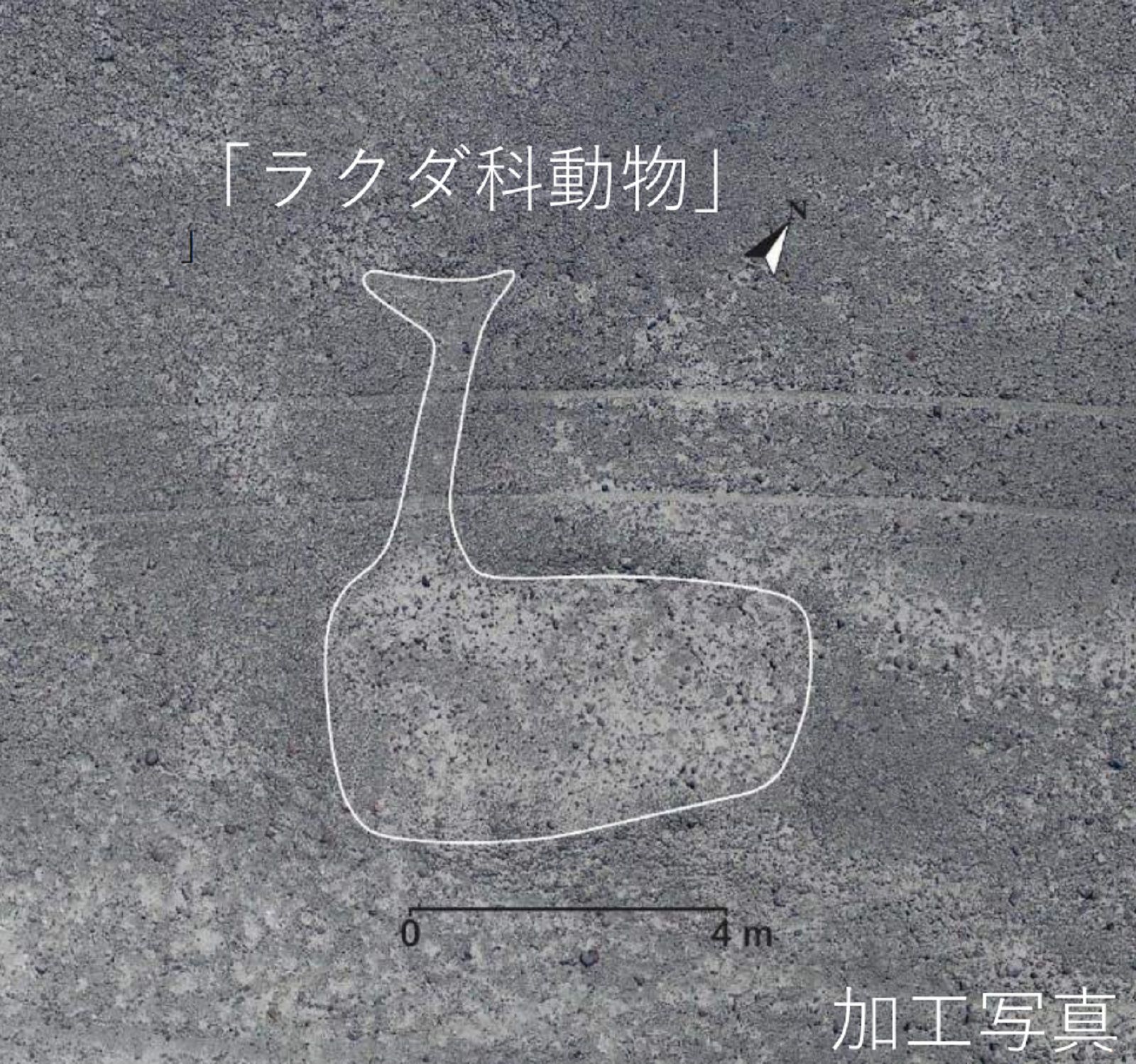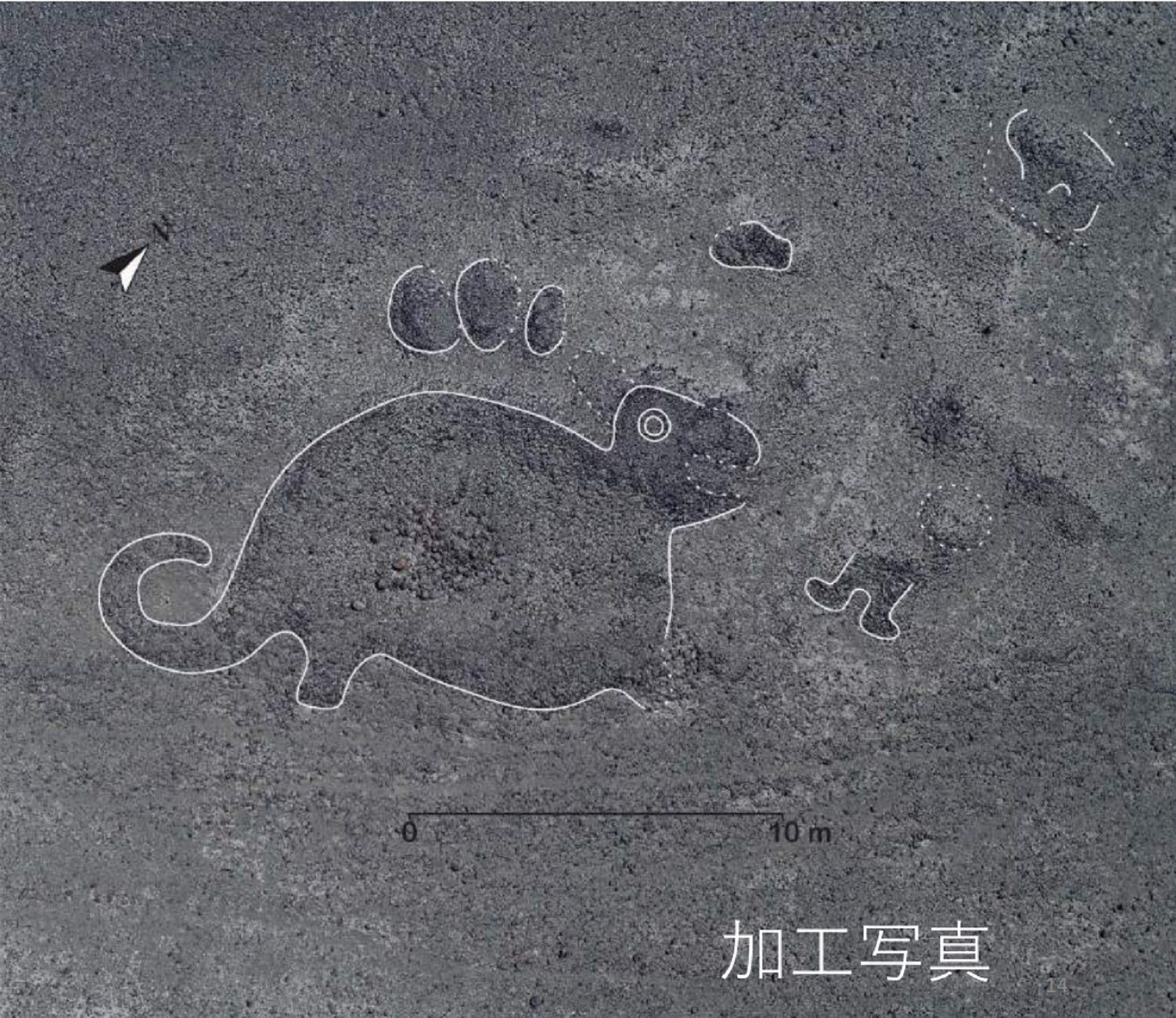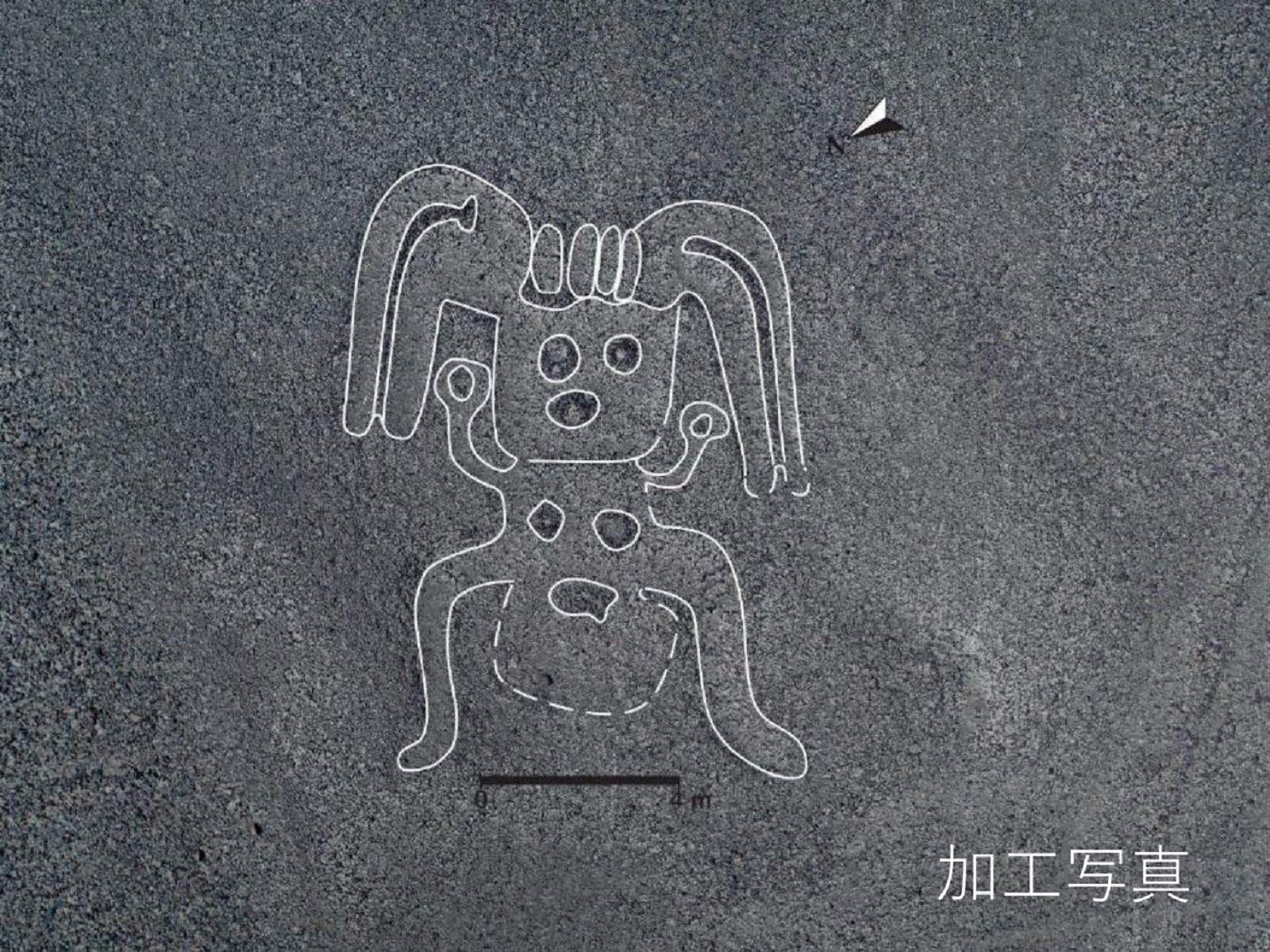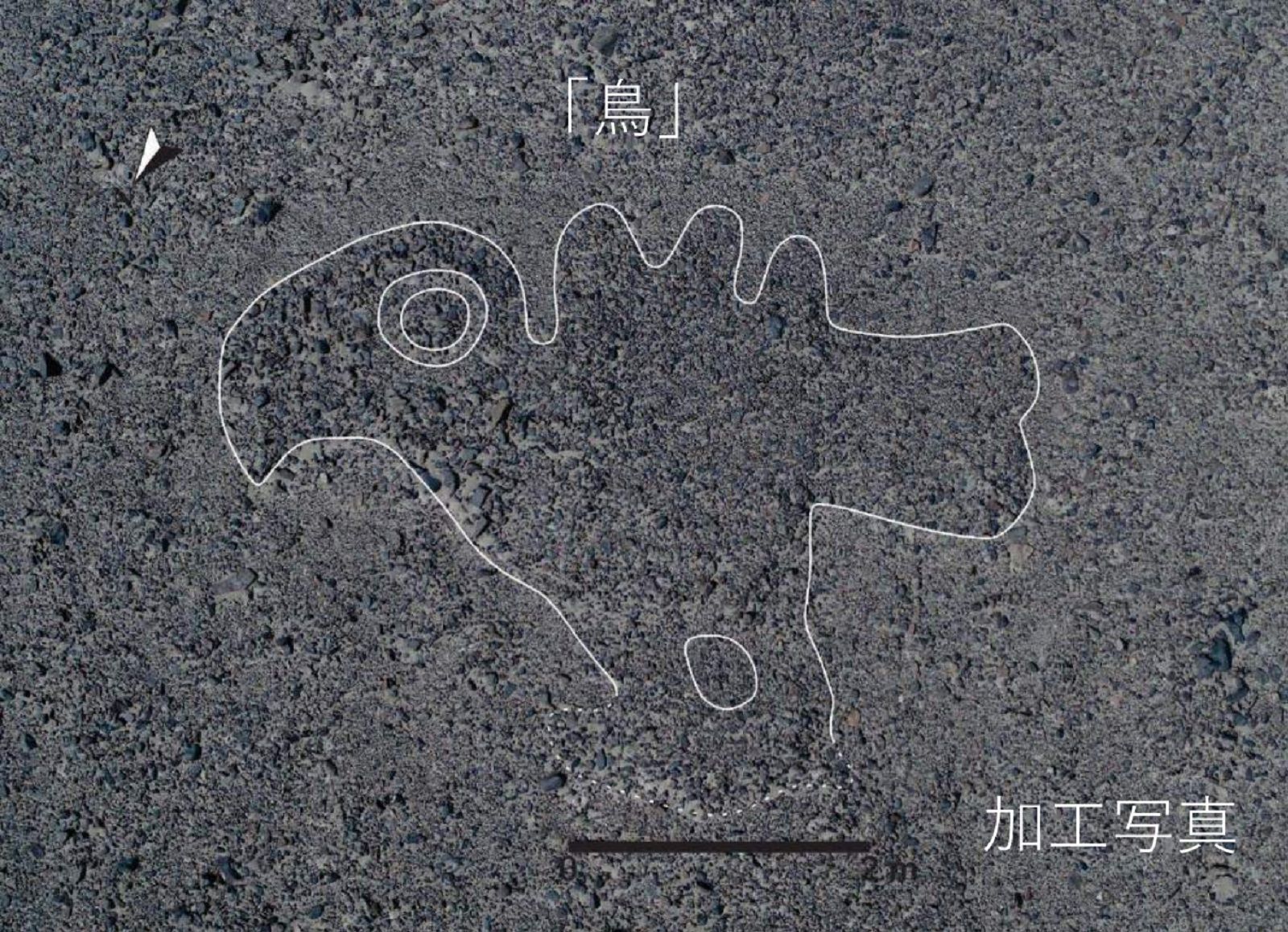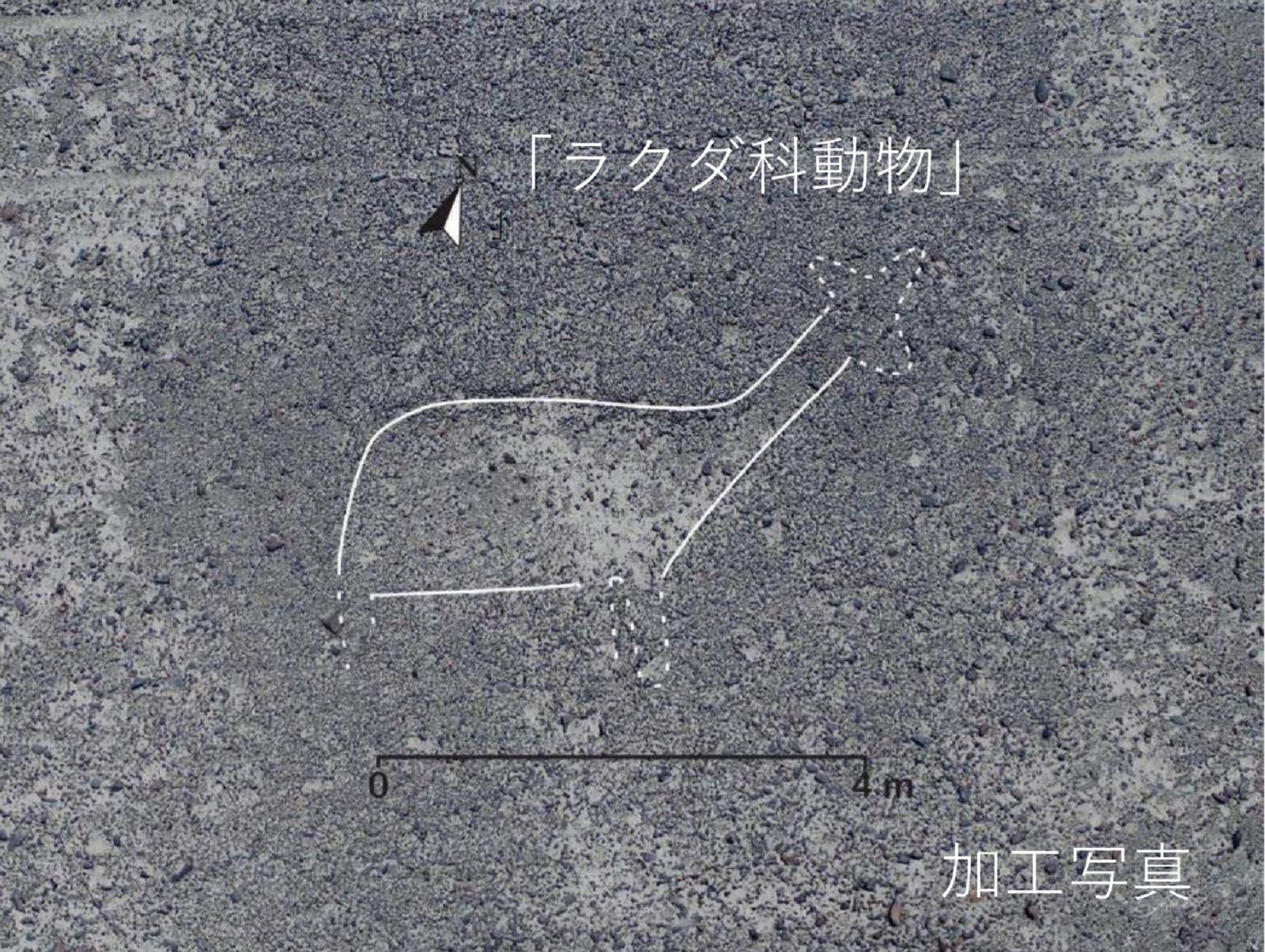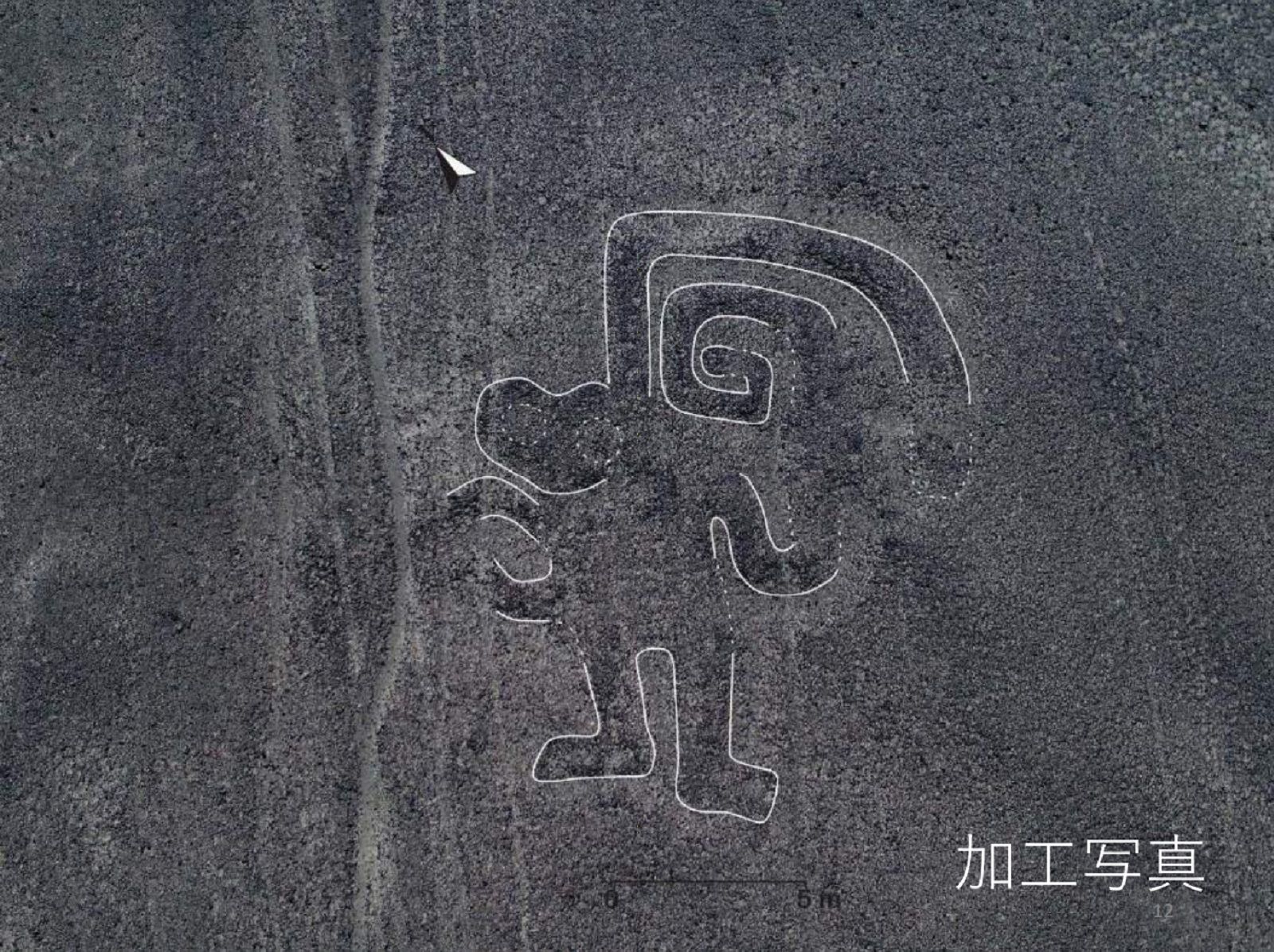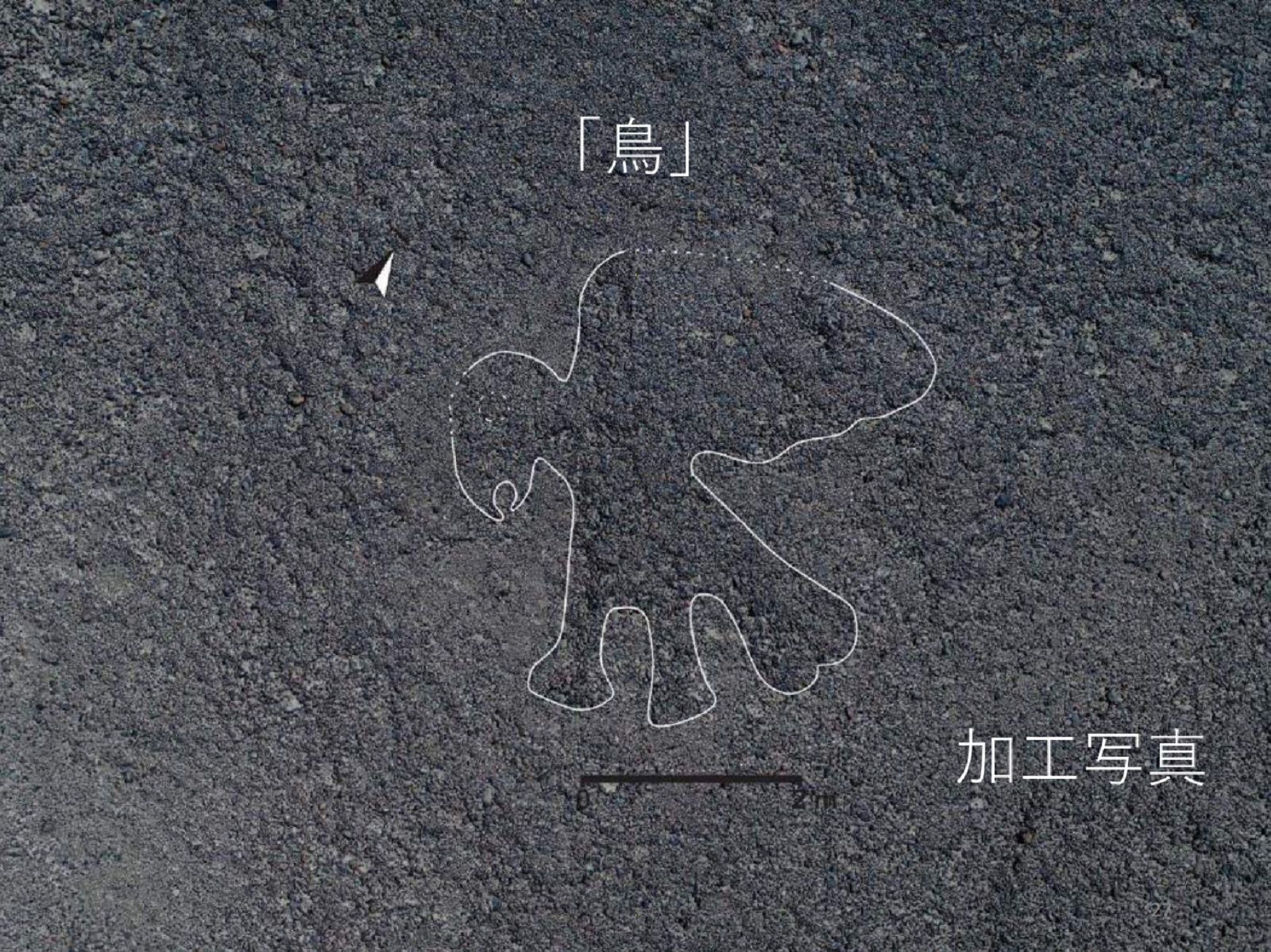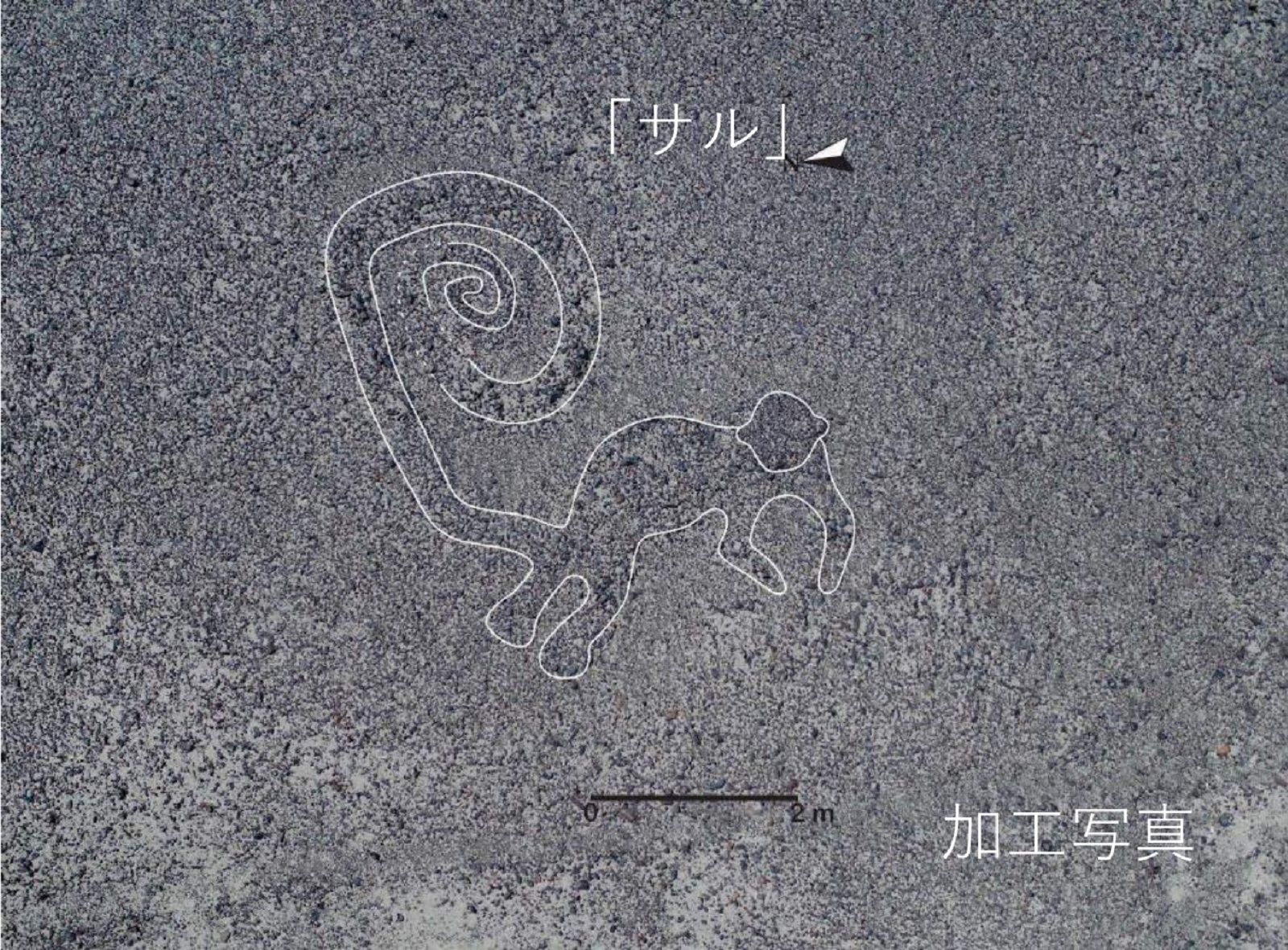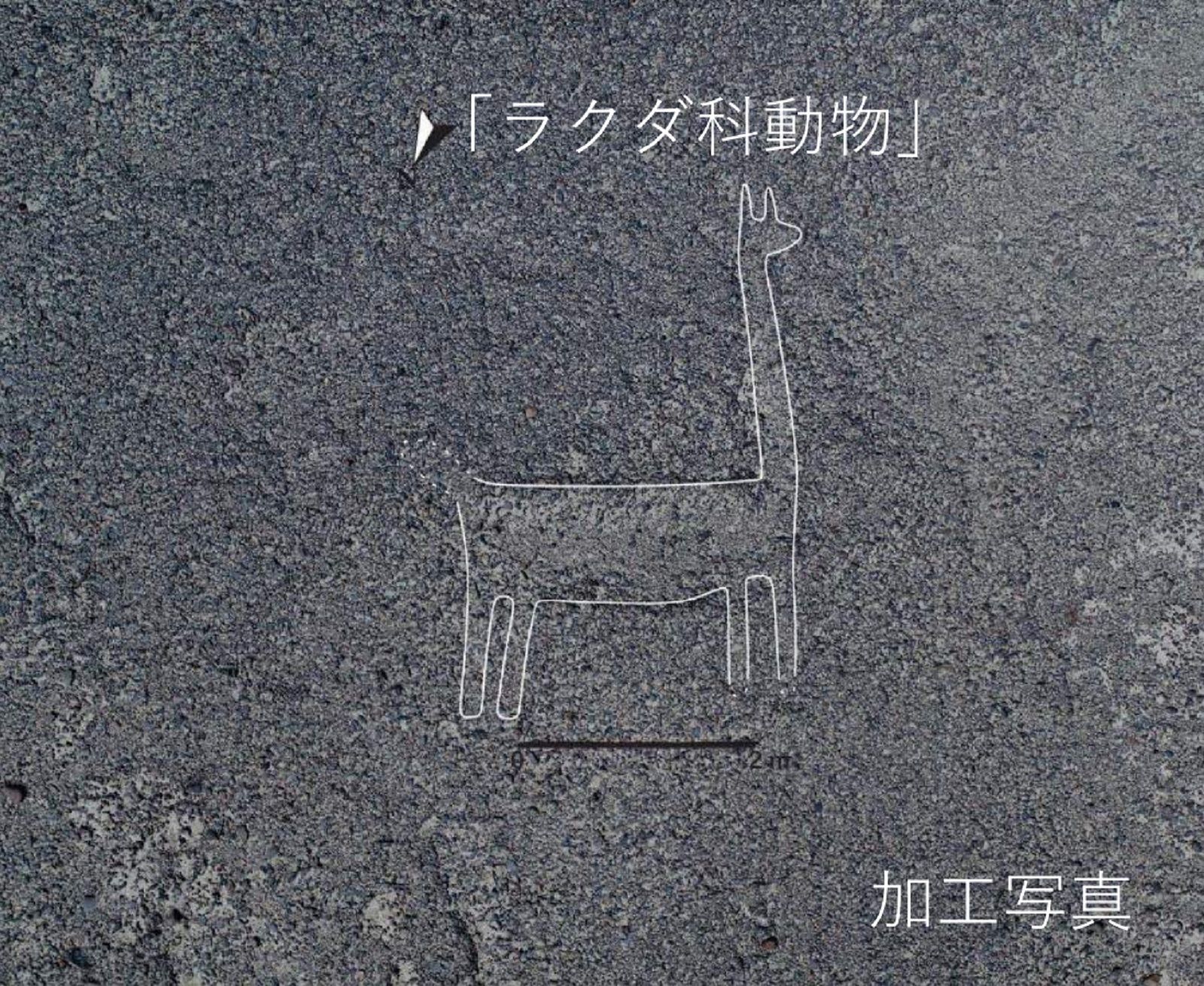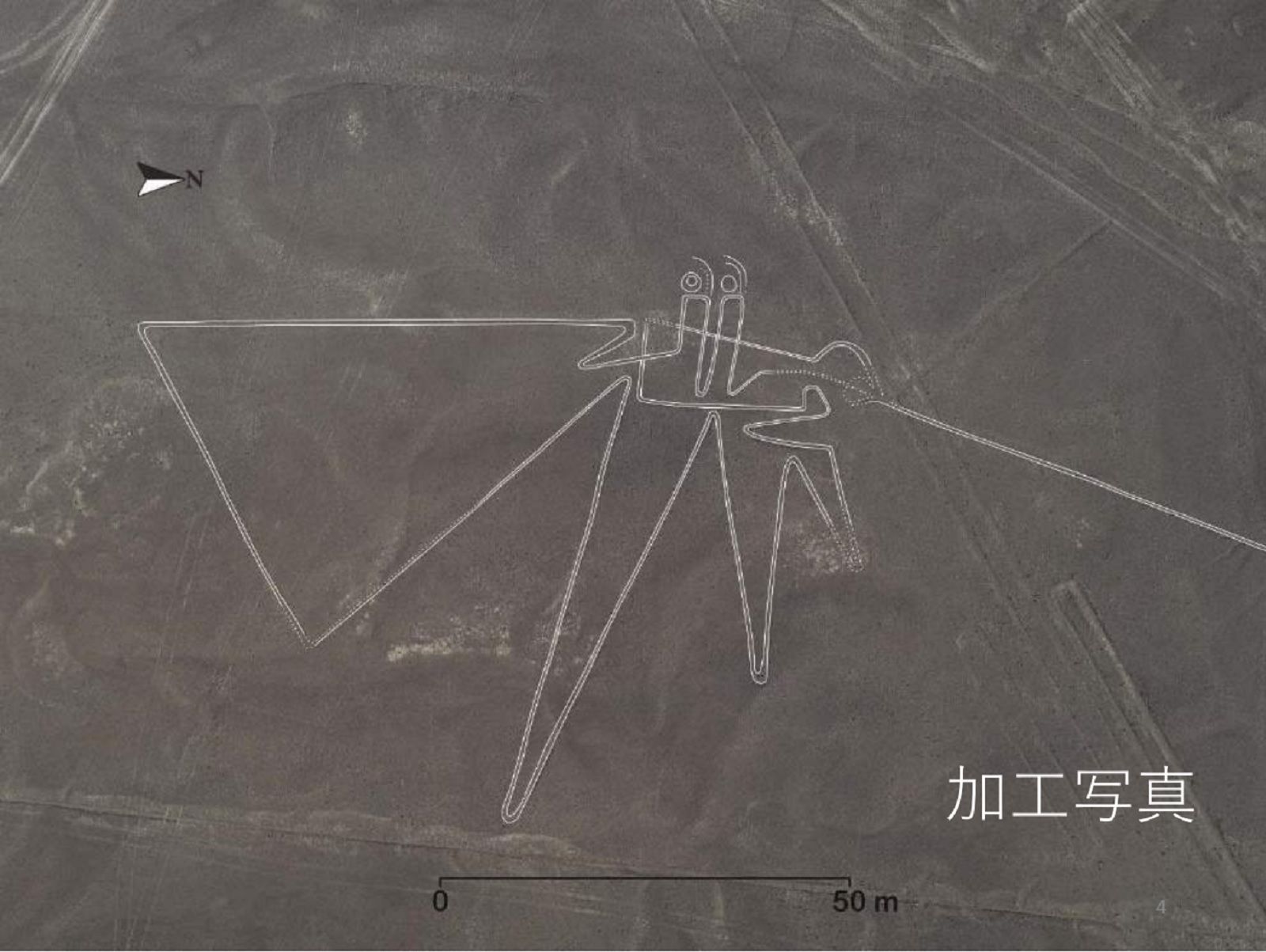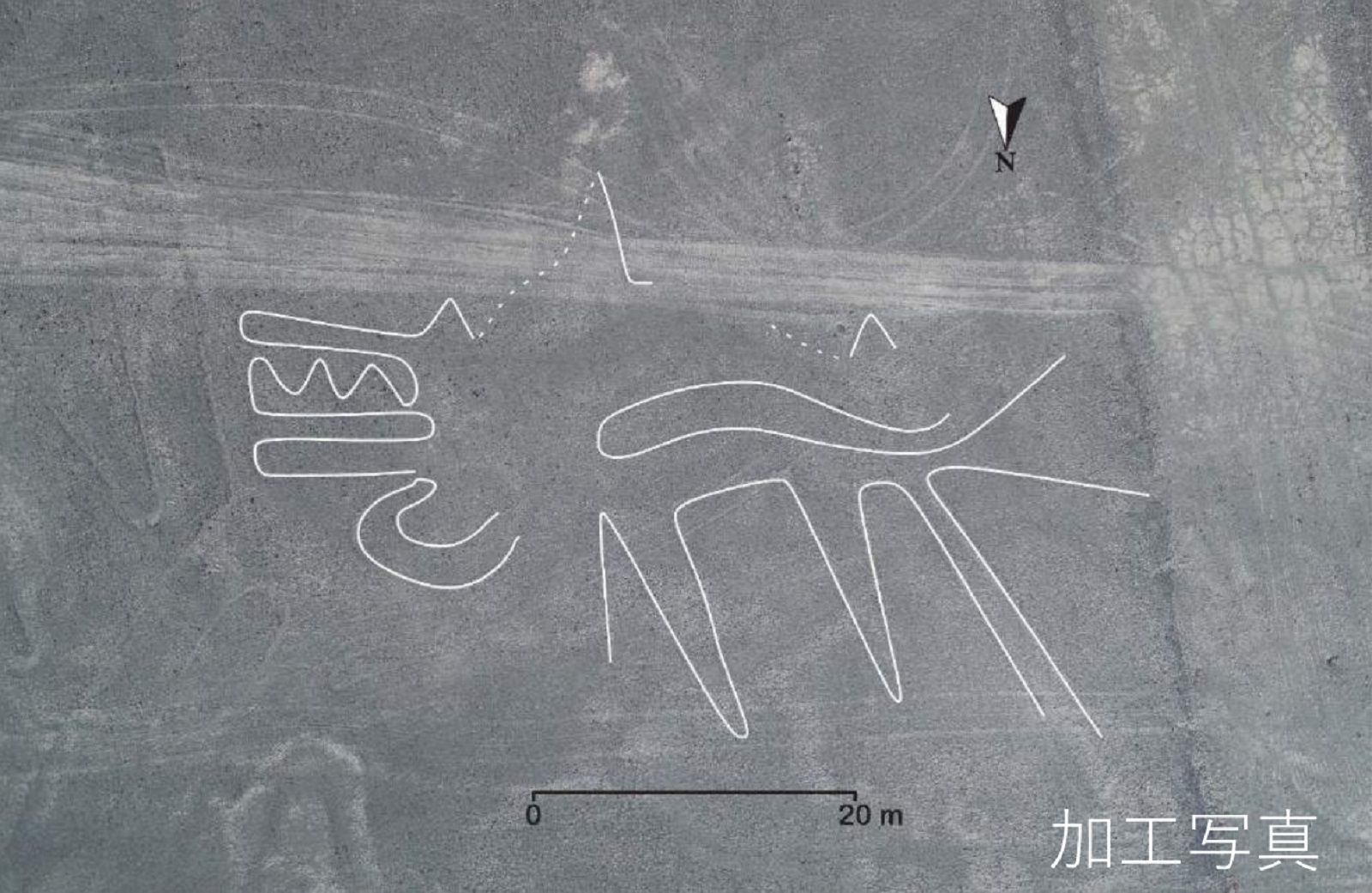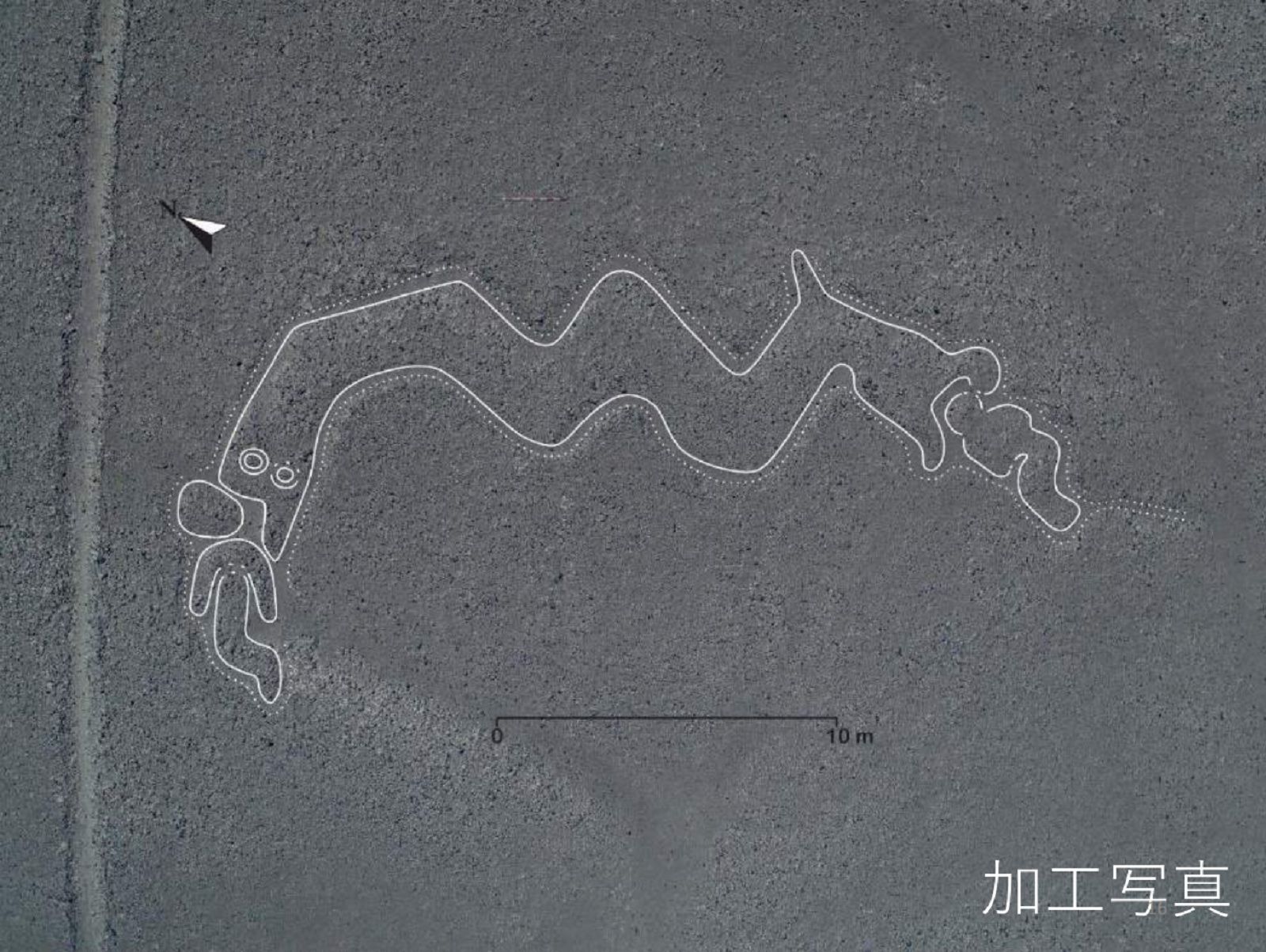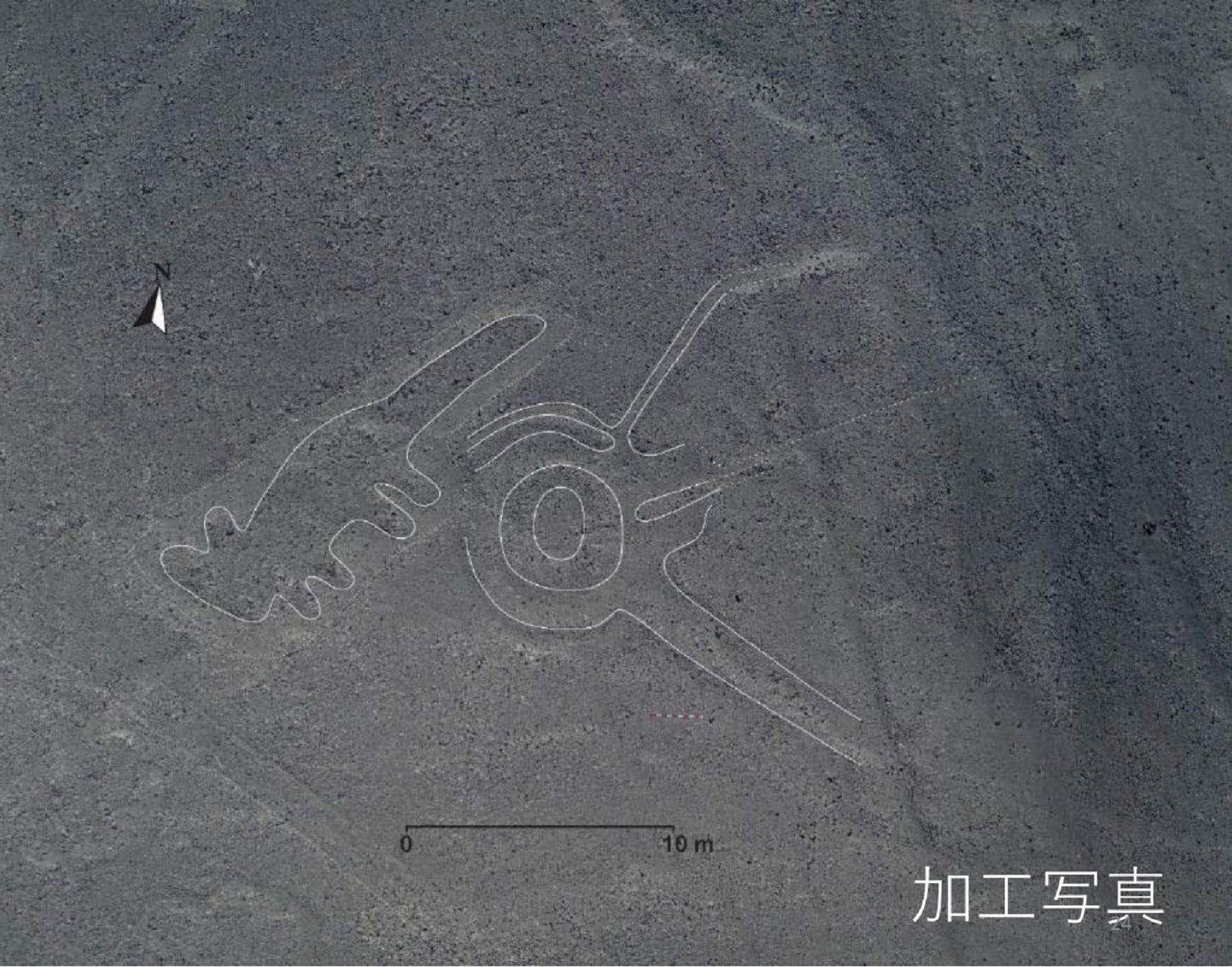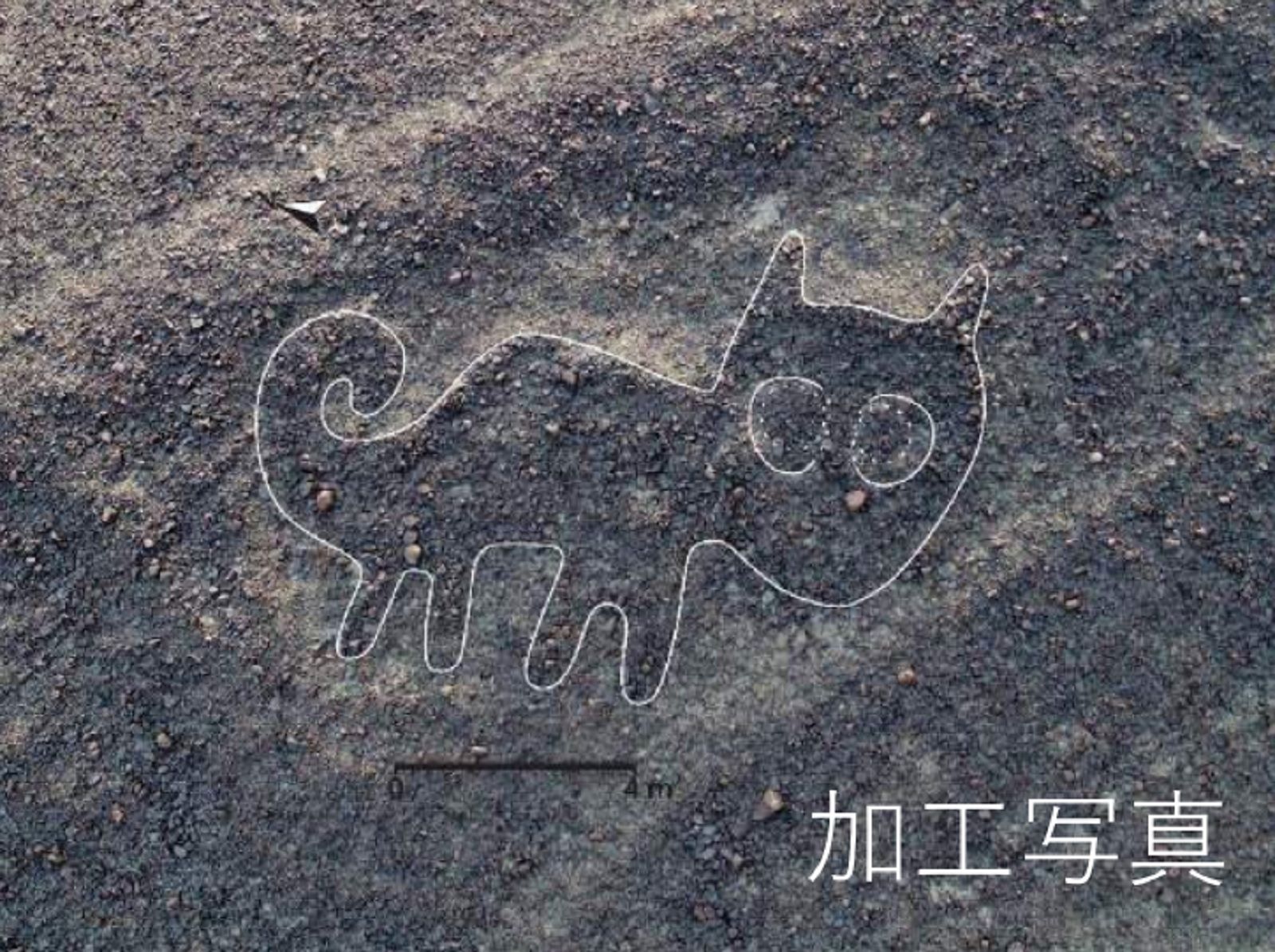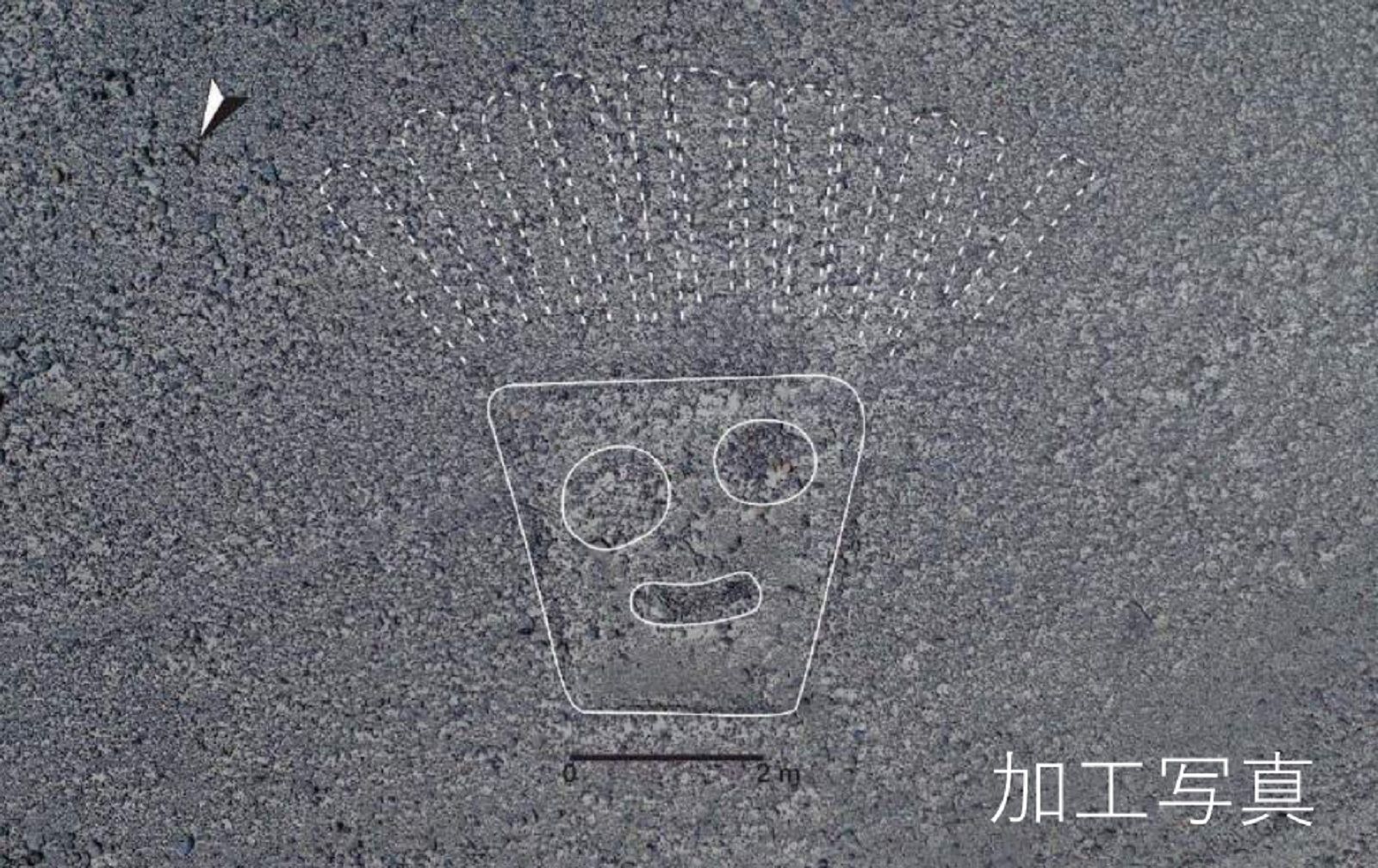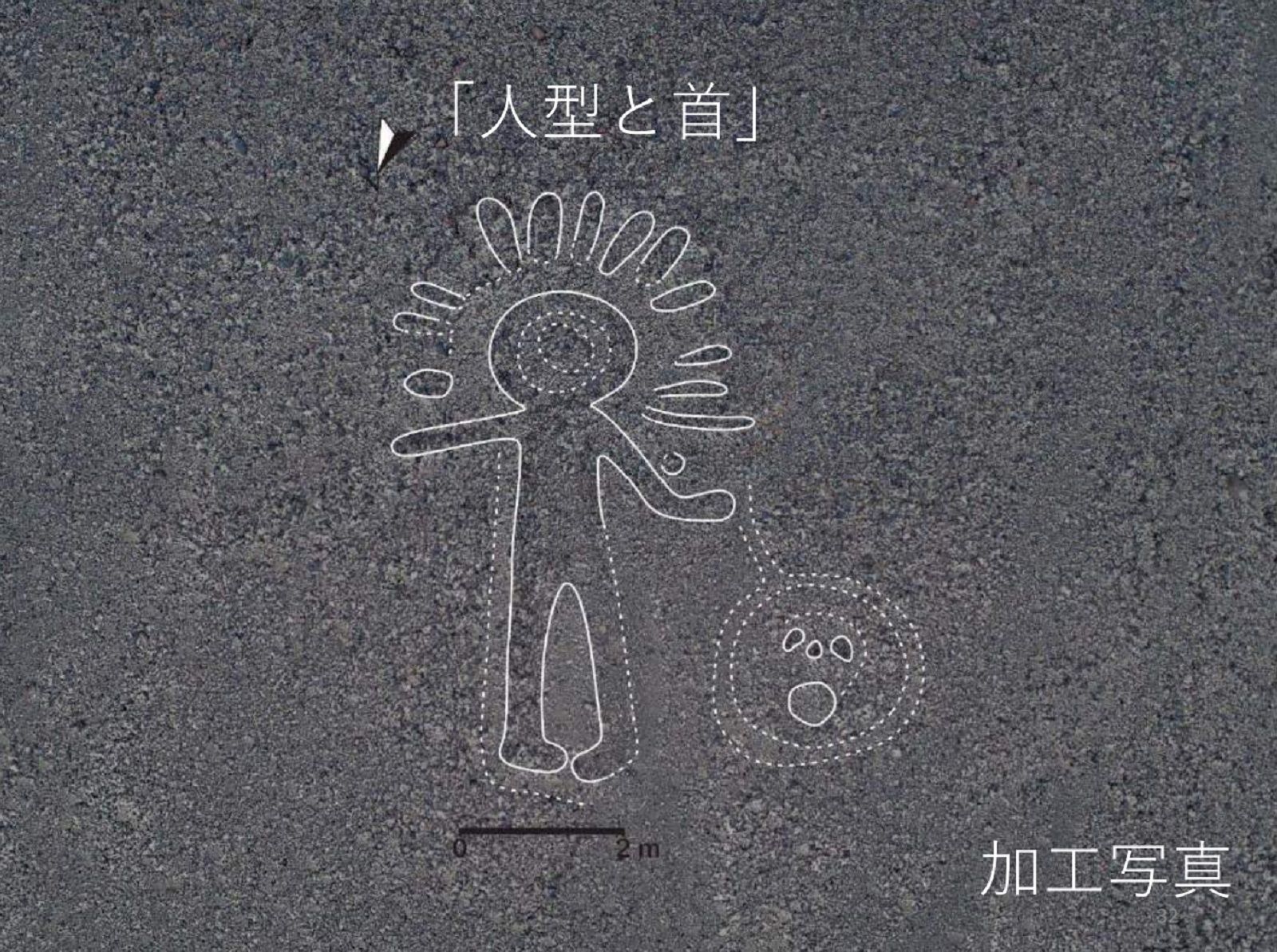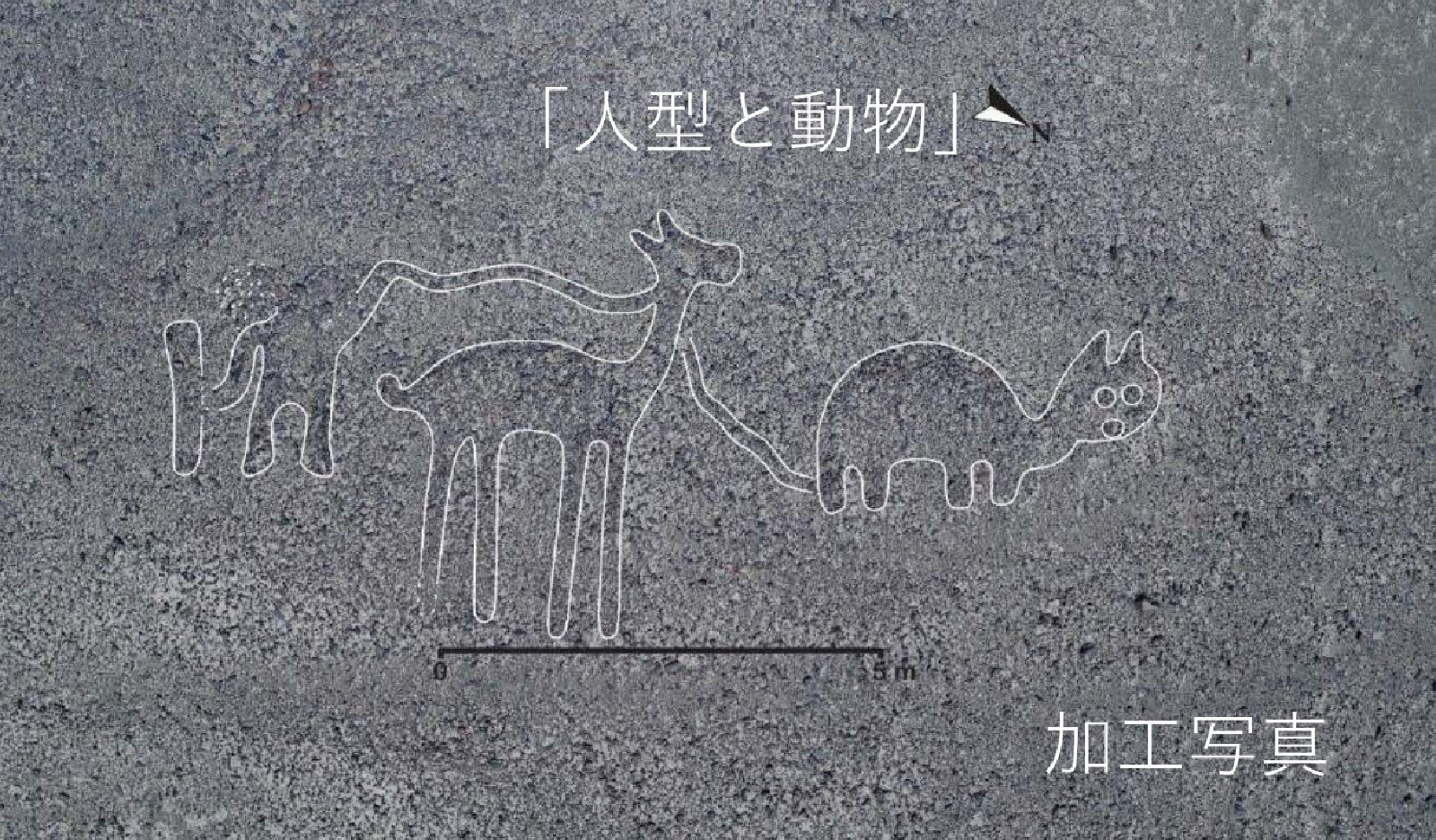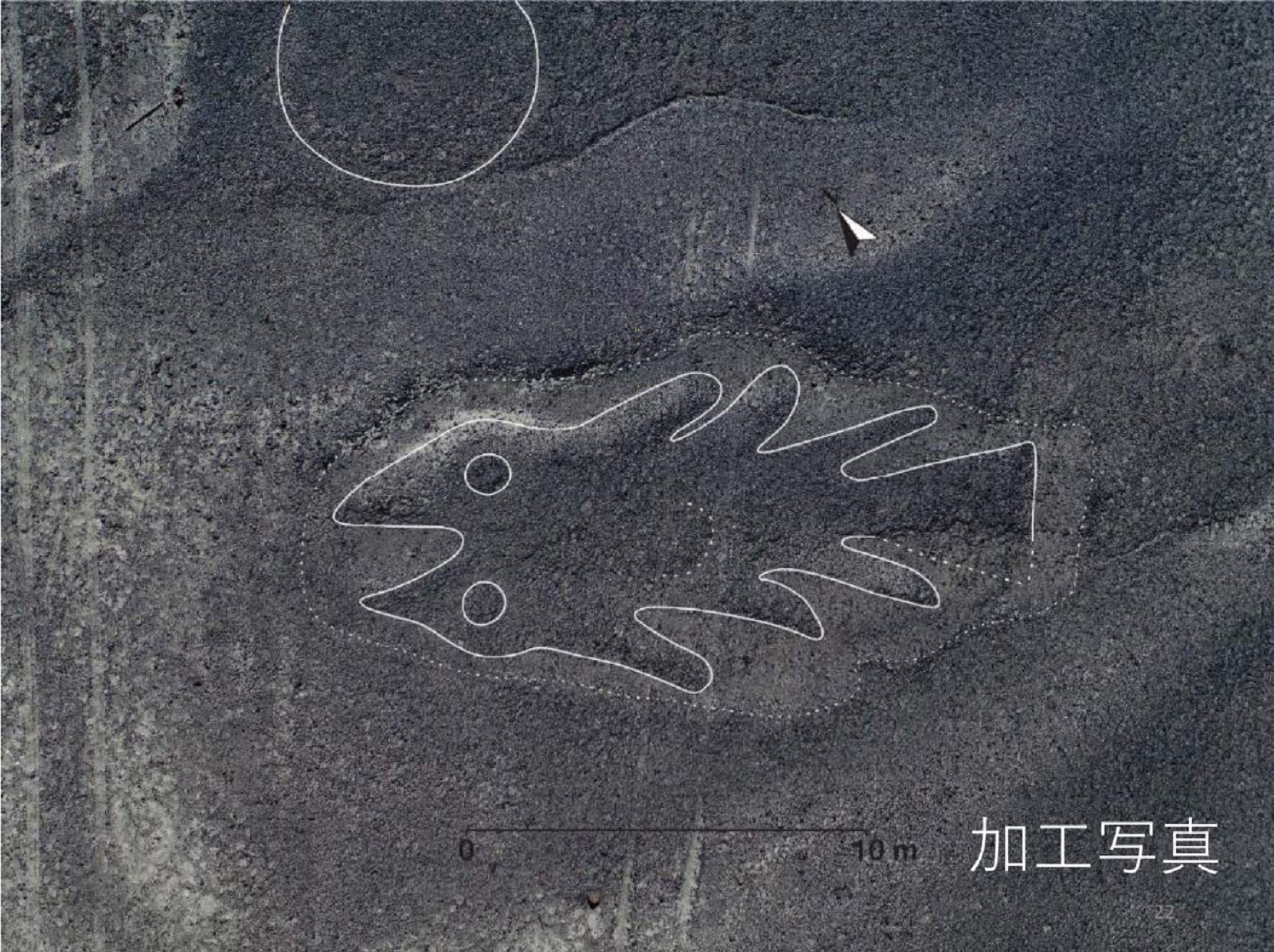Modern technology is regularly used by historians and archaeologists to uncover the mysteries of our past.
Now a mixture of both tech and artificial intelligence has been used to scientific researchers to uncover the ancient mysteries of Peru.
In 2018, researchers were using drones to capture footage of the landscape of Peru that revealed more than 50 ancient drawings known as Nasca lines. These are so-called geoglyphs (essentially ground drawings) formed part of ancient rituals of the local people and are thought to date back to somewhere between 500 B.C. and 700 A.D.
Now researchers from Yamagata University in Japan have been combining the power of satellite imagery and IBM’s Watson Machine Learning technology to uncover more of these ancient drawings. Essentially putting artificial intelligence to work to reveal more of the region’s enigmatic past.
This research has uncovered 143 new drawings. These are some of the most interesting.
A whale
The research into these ancient ground drawings involved using high-resolution images often taken from space using observation satellites. These are then scanned to look for telltale signs of the shapes that would otherwise be missed with the human eye.
Using this technique the researchers quickly discovered that the ancient figures range wildly in size, with some just four or five metres in length and others stretching up to 100 metres. This one appears to resemble a whale, other shapes are more obscure.
A happy dinosaur
The researchers discovered a trend in the drawings of the Nasca lines that seemed to suggest that the larger geoglyphs tend to represent animals. These often reach 50 metres and are thought to be more recent – dating back to somewhere between 100 and 300 CE.
It is also thought that these drawings were purposely larger so they could be easily seen by the deities in the skies above.
Another humanoid
An impressive part of this research comes from the knowledge that the drawings are often just mere inches across, the lines often being too fine to spot with the human eye alone.
In previous years a mix of drone imagery and satellite photographs were used to uncover the drawings, now the addition of AI has made it possible to find even more. Like this humanoid-like drawing with quirky characteristics.
A bird
These ancient drawings are thought to be etched in the earth by ancient civilisations who would remove the black rocky topsoil to reveal the light coloured sand below.
In doing so they created these wonderful drawings as part of ancient ceremonies.
A giraffe?
It is hoped that the publication of these images and wider knowledge of the existence of the drawings will help ensure their future preservation.
Some of the lines have already been worn out by local activity.
Another humanoid
It is said that these Nasca lines are the “outstanding group of geoglyphs anywhere in the world” due to the sheer number, size and diversity of them. There are all manner of drawings depicting everything from local wildlife such as birds, insects and other creatures to flowers, plants and trees. The drawings also feature deformed or fantastic figures and abstract shapes.
These lines are also an exceptional testimony of the magical-religious cultures and beliefs of the ancient local societies.
A winged creature
Researchers are impressed by just how accurate the drawings are given the technology of the time and the sheer sizes of some of the lines.
It’s also remarkable that these geoglyphs have managed to survive all these years despite the simple way they were carved into the earth.
Monkeying around
We like to hope they were rewarded with the rains and good fortunes they were after if nothing else. And we’re grateful they’ve left such an awesome testament to their existence and traditions for us to admire.
Alpaca
The discovery of the 143 new Nasca lines has revealed all sorts of drawings including a multitude of different animals, objects, people and more abstract imagery. This smaller one appears to depict an Alpaca.
An abstract crab?
Very little is known about the ritual practices behind the creation of these geoglyphs, but it is thought that they might have been connected to ceremonies for life-giving rain.
Many of the Nasca lines can only be made out from aerial views, especially when they’re larger ones like this 50-metre long abstract drawing of what looks like a slightly bonkers crab.
Land shark
As well as being used for ceremonies, the research team led by Professor Masato Sakai, a cultural anthropologist at Yamagato University, say that the drawings were also likely used as landmarks to help guide people across the local lands.
These large drawings would certainly make for interesting signposts.
A man-eating snake
The new discovery of these lines joins a long history of revealing their presence and make up. They were first found in the 1940s, but it wasn’t until 1994 that the area was designated a UNESCO world heritage site.
The University’s study started back in 2004 and since then technology improvements has made it easier for the team to discover more and more lines.
A fox jumps over the moon
These Nasca lines are located in an area that’s around 19 square miles in size and conveniently located in a region that’s mostly shielded by a stable climate. This means the drawings aren’t subjected to much rain, wind or other naturally eroding occurrence which explains why they’re so well preserved in modern times.
Lines of a feline
The power of IBM’s machine learning technology has greatly helped the process of uncovering more and more of these ancient drawings. The AI is used to scan the photos for data that shows potential designs that have been missed by researchers in previous scans.
The implementation of that technology has helped find 143 new images including ones like this quirky looking feline that had previously been missed.
Crazy hair
We love looking at these images, imagining how the ancient society thought about their construction and what the gods they were trying to please might think of their efforts.
People appear too
Smaller geoglyphs that have been discovered by the researchers are thought to date back further in the history of the local culture. Images like this humanoid are grouped into older drawings that are said to date back to around 100 BC.
They’re said to be at least a few hundred years older than the larger drawings.
A collection of creatures
The workers on the project and the local government are keen to protect the new discoveries and preserve them for future generations. The drawings need to be protected from all sorts of damage, including illegal building, trespassing tourists and even the occasional lorry driver.
A fish
Despite being relatively well preserved, many of the lines of these ancient drawings have still been reduced to faint depressions in the soil over the centuries that have passed since they were first drawn.
Using the power of drone photography and satellite imagery combined with IBM’s AI technology has allowed researchers to uncover previously undiscovered images on the land.


